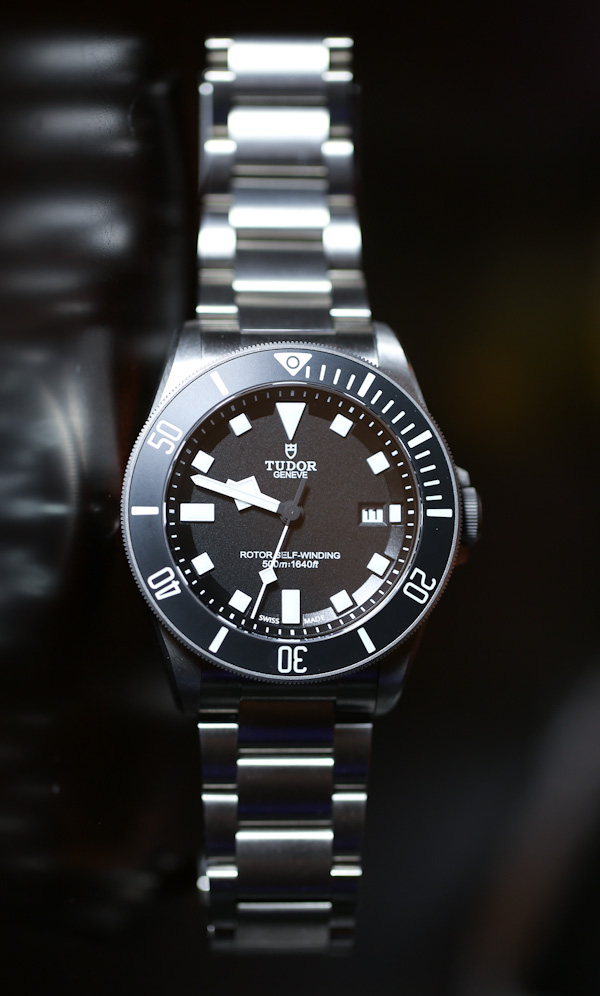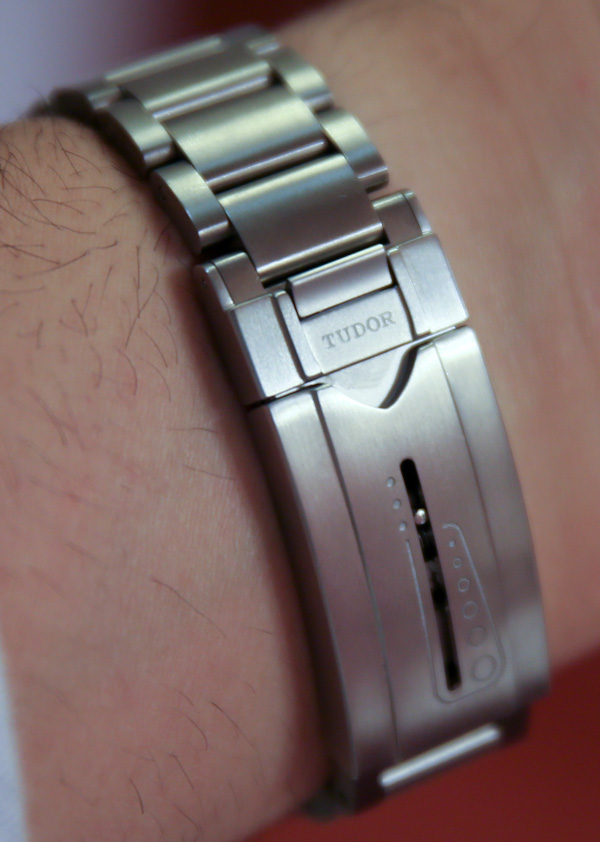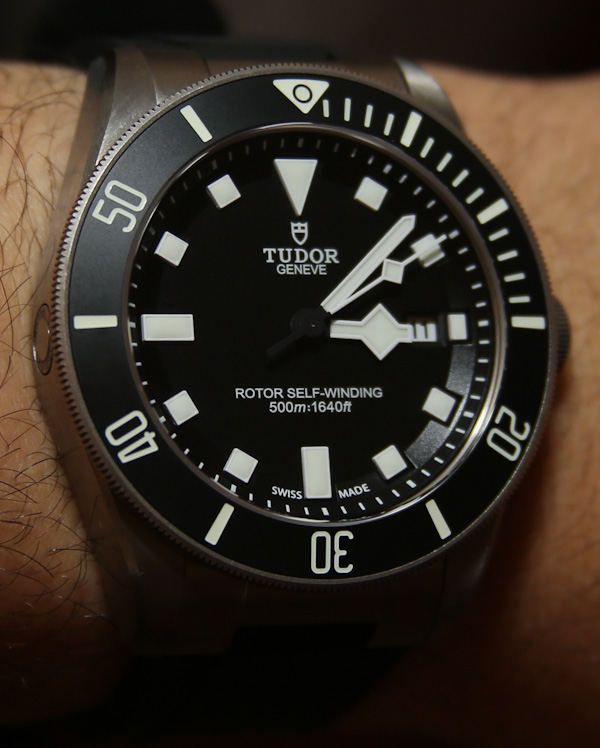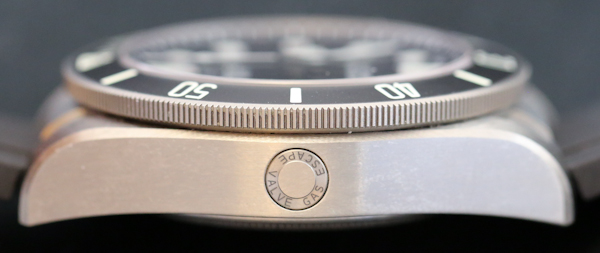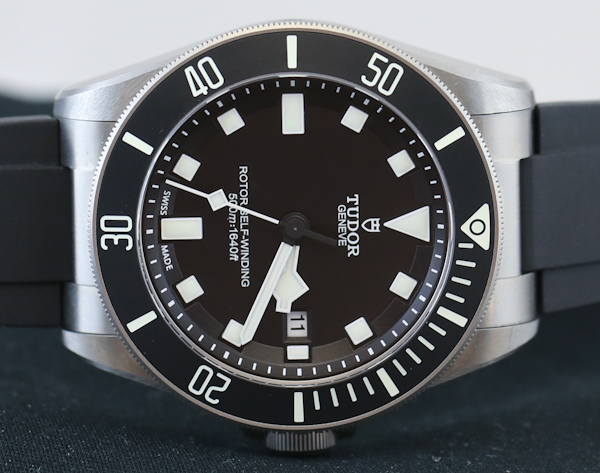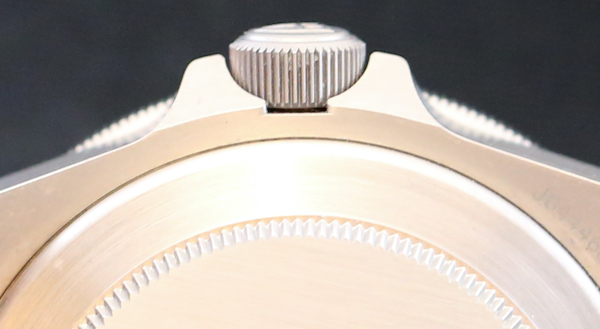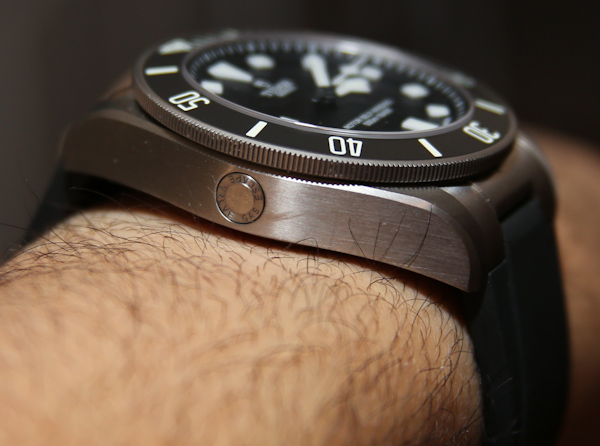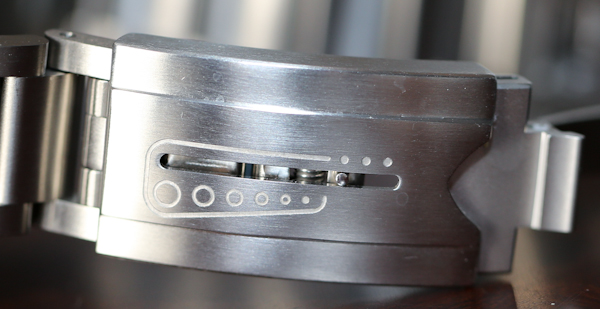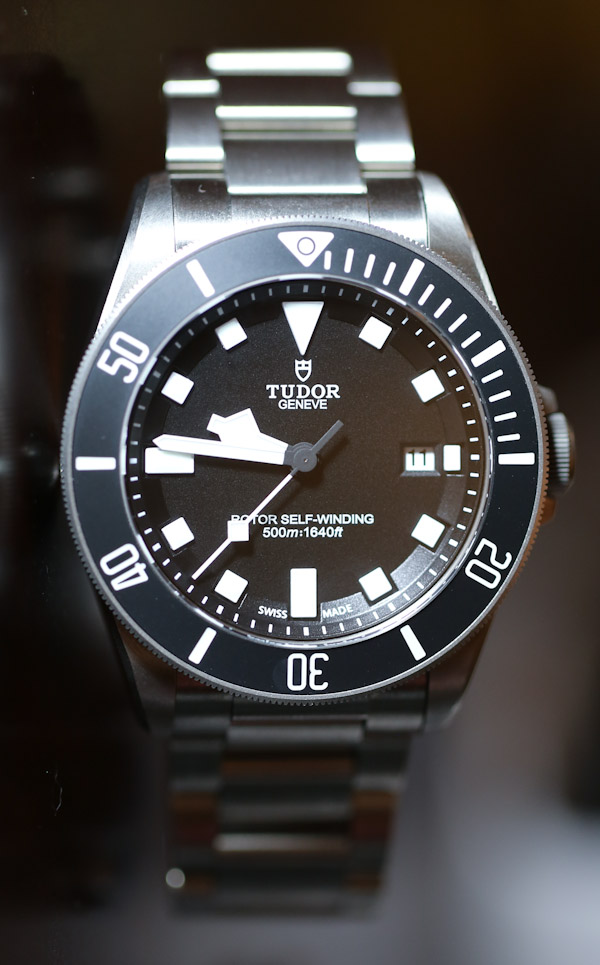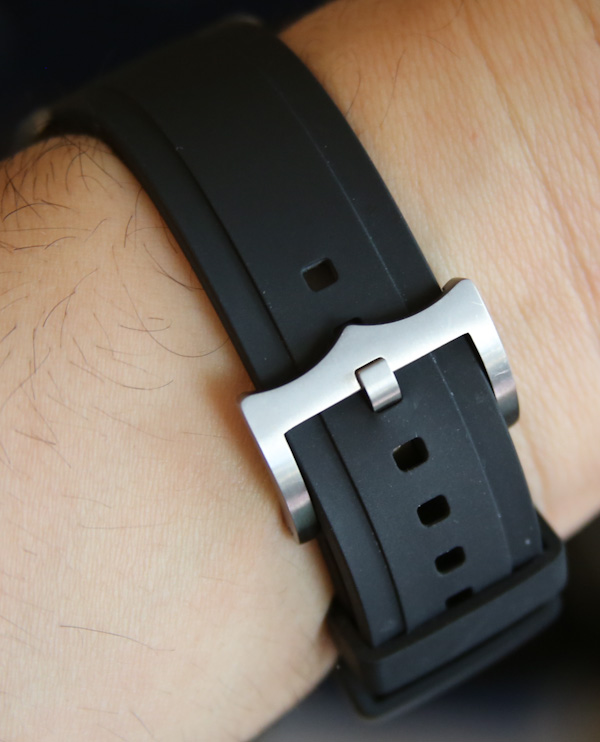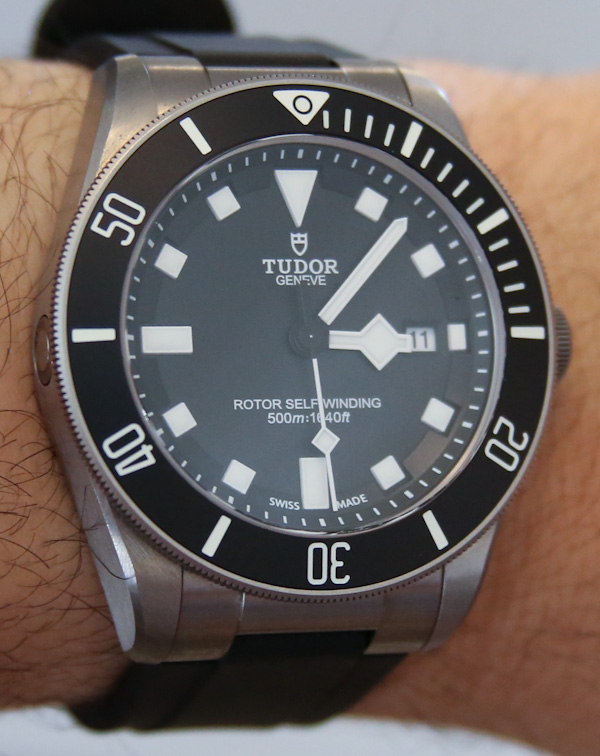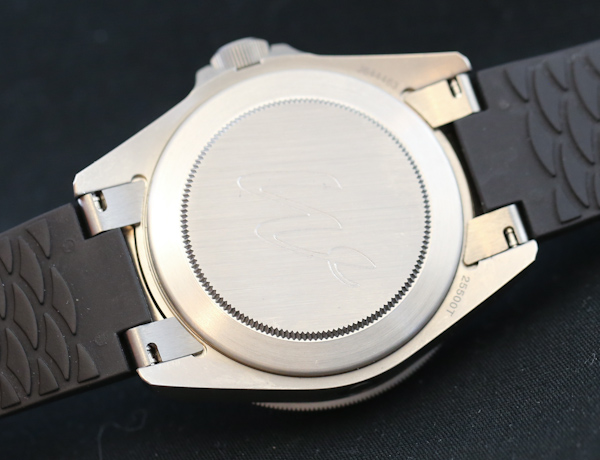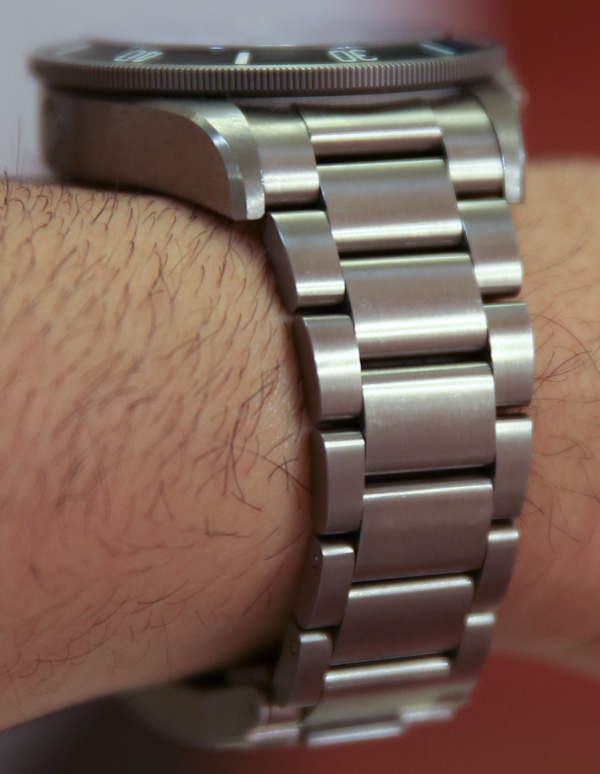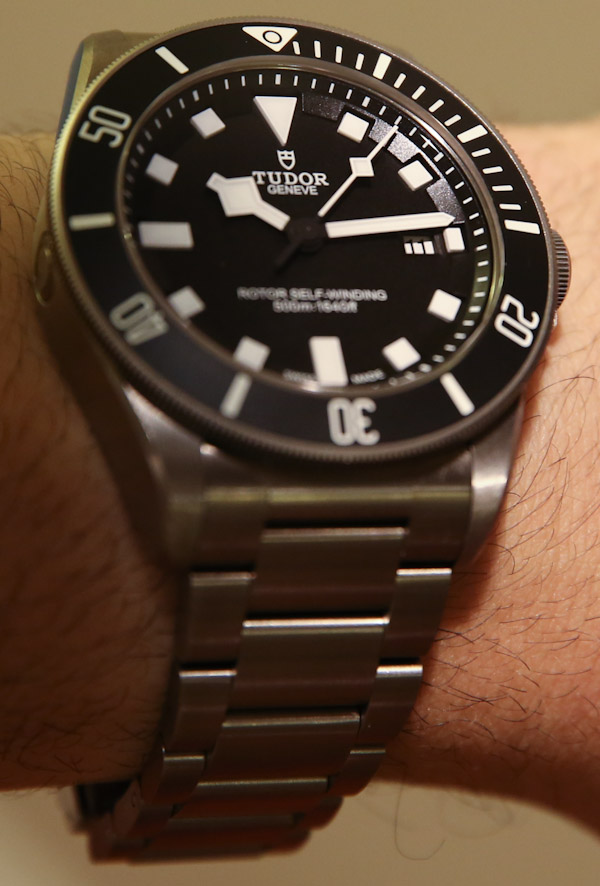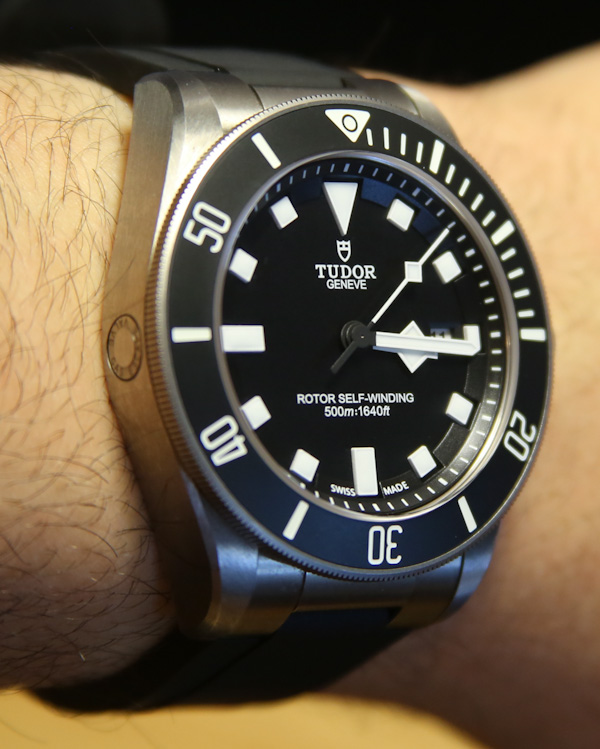
It was perhaps a few years ago that I noticed my fellow watch lovers speaking more and more about Tudor watches. It got me quite curious, because before that the brand had one main image – baby Rolex. My own experience with Tudor timepieces is limited, and for good reason – they aren’t officially sold in the United States. I am not really sure why that is, but it is likely a strategic decision by Tudor’s parent company Rolex.
True enough, many people in the US don’t even know about Tudor and if they do they aren’t aware that Tudor watches are owned and made by Rolex. The main difference between Tudor and Rolex watches is that Rolex watches use in-house Rolex made movements, while Tudor tends to use base Swiss ETA movements. Tudor is also a slightly more entry-level timepiece, but certainly not a low-priced watch. What do they have in common? Well for years Tudor seemed to make “baby Rolex” watches. Meaning slightly less expensive versions of Rolex models with design changes here and there. For example, Rolex has the famous Day-Date watch, and Tudor has the related Date-Day watch (true story). A few years ago Tudor started to do something interesting, and that was to increasingly separate themselves away from Rolex designs and do their own thing.
The Tudor Pelagos (ref 25500TN) is a new for 2012 Tudor watch which incorporates some Tudor heritage, but is very much a new design. It shows exactly what Tudor is all about and how the brand will exist next to, and not under Rolex in the future – at least that seems to be the idea. The Tudor Pelagos in short is a very modern diver with a straight-forward tool watch look and feel. Fit and finish is great, but this is a watch that you really only start to truly appreciate after you wear it. That’s because this – in most all ways – is a true professional piece and not a pretty lifestyle watch. The Tudor Pelagos is handsome but it isn’t sexy. It’s like a trained dog, perhaps not something the girls will go wild for, but smart and reliable.
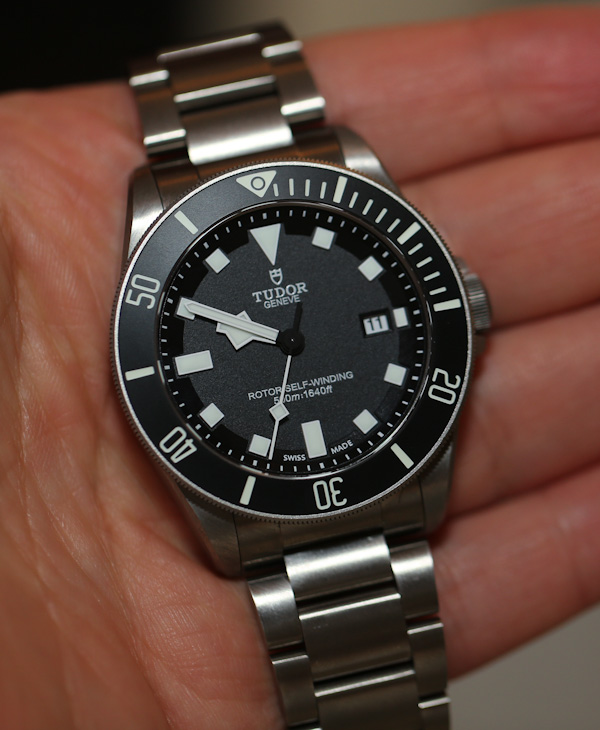
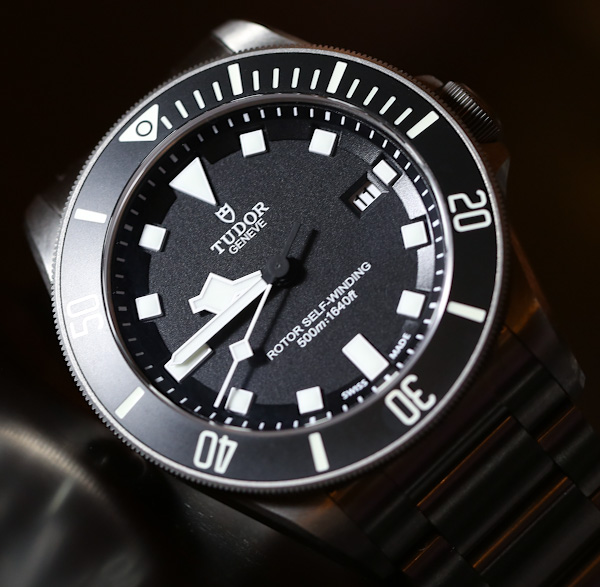
Comparing the Tudor Pelagos to the Rolex Submariner is a logical thing to do as they are both dive watches made under the same roof(s). True enough, Tudor dials and cases are made by the same workers, designers, and machines that make Rolex cases and dials. They are however just as different as any two dive pieces in the incredibly populated place that is the dive watch market. The price difference between the two is also about $4,000.
I wasn’t around when the original Rolex Submariner came out a few generations ago. But I know enough about its history to suggest something about the Tudor Pelagos. If you look at the Rolex Submariner and Tudor Pelagos next to each other I think you might agree that the Tudor Pelagos is a sort of 21st century Submariner from the start. We all know and admire the Submariner for its history and enduring design. It went from tool watch diver to almost a dress watch (with a price increase compared to the original to match). That was due to a combination of luck, lack of many market competitors at the time, and a lot of hard work by Rolex. Though like I said, the Submariner had a relatively humble beginning. For me, the Tudor Pelagos is like a thematic “redo” of the Submariner if the Submariner was originally released today. It uses more modern materials and is a bit larger, but in a sense it really goes back to the core of what a good purposeful timepiece family starts with.
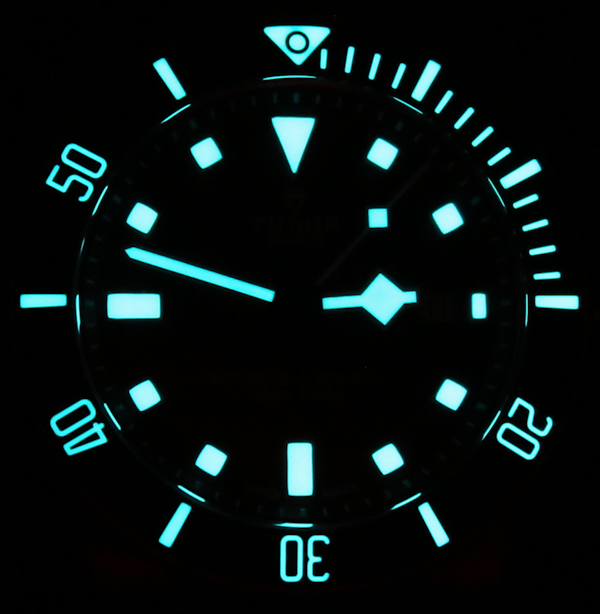
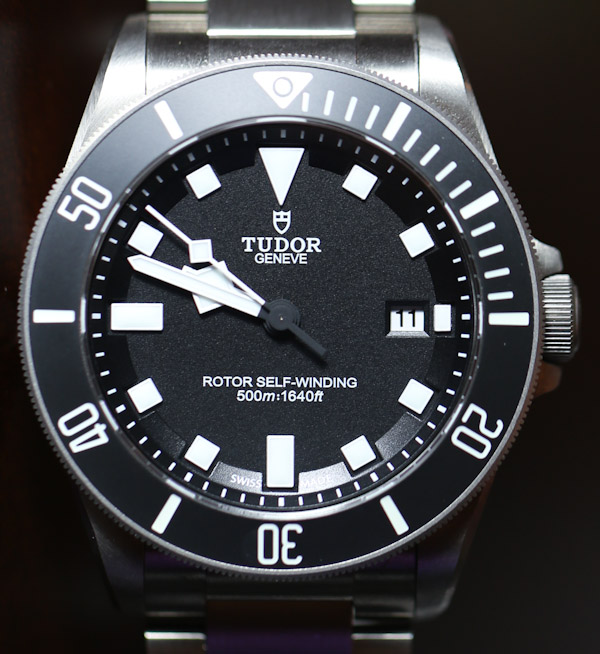
At the same time that Tudor announced the modern looking Pelagos, they also announced the vintage looking Heritage Black Bay. Two dive watches in the same year with the same movement, but with designs separated by time and demographic. The Heritage Black Bay doesn’t do a thing for me, while I am growing very fond of “butch,” which is the name I’ve given to the Tudor Pelagos. “Pelagos,” to me, just sounds too pelagic. And are you ready for me to get super nerdy? OK good. The pelagic zone is a section of the ocean’s water column closer to the bottom of the sea which starts at about 3.68 kilometers under water. It goes down to about 11 kilometers deep (where applicable). Under the pelagic zone is the benthic/demersal zone, which is the very bottom of the sea. Why do I grace you with this esoteric oceanographic information? Because the Tudor Pelagos diver is named after the pelagic region, but is only water resistant to 500 meters. So exposed in water, the Tudor Pelagos will never actually be able to be in the pelagic region unless it is strapped to James Cameron in a submersible. Then again, neither will any human being, able to wear it. Should we forgive Tudor for this purely technical naming mistake? Of course we will, but you know… I had to mention it.
As I keep saying, the Tudor Pelagos was created to be a very good dive watch, and by measuring the features of its design and functions it certainly is. I will start with the basics, the finely milled case is 42mm wide in titanium (no Rolex watches are) and is water resistant (again) to 500 meters. In addition to titanium there is some Steelinox in the case (probably for parts of the deployant and inside the case). The case has an automatic helium release valve, and an impeccable rotating diver’s bezel. I will venture to say that the clicking action when rotating the bezel is actually better than a Submariner. Both watches feature ceramic bezel inserts but the Tudor Pelagos has a more austere looking matter ceramic bezel. The numerals and markers in the bezel are likewise lumed… and the lume is of the highest quality in my experience.
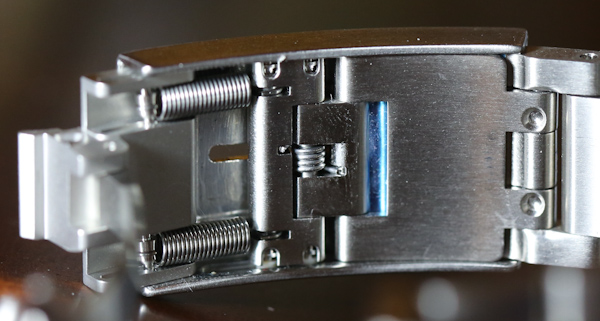
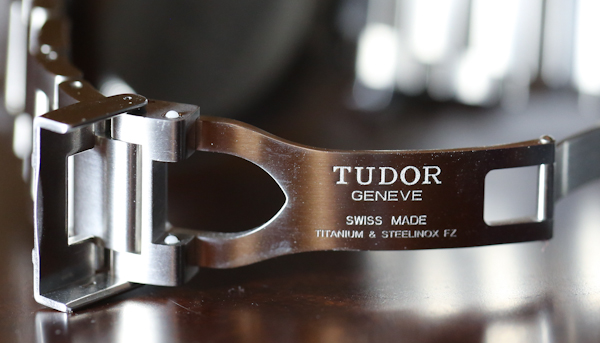
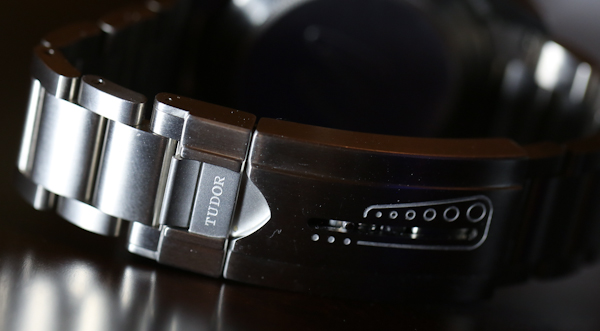
I can’t say enough good things about the quality of the case. The angles are so precise and the polishing is so good, it just sort of makes fun of others that are made on less sophisticated machines. Then again, backed with the power of the industrial wonder that is Rolex, Tudor is sort of cheating. A careful inspection of the case allows you to see these details and the precision of the CNC machines used to cut the cases. Look for example at the tiny, but perfect “teeth” around the edge of the bezel.
The dial has a flat AR coated sapphire bezel over it which allows for a clear view of the dial when looking at it straight on. AR coating is applied to only the bottom of the crystal I believe. The dial is a high-contrast black and white multi-level face with large hands and hour indicators. Tudor aficionados will recognize the historic “snowflake” hour hand design. The design of the hands and hour markers marginally reminds me of the angular dial of the Sinn U1. Though, this is a very different dial on the Tudor Pelagos. What you have is hour indicators and hands that look like filled in, blocky, non-showy versions of those on a Submariner. Lume coats all the hours and hour markers and is excellent in its bright blue color. I like that there is a lumed point on the seconds hand and that the dial is very useful with full minute markers but nothing unnecessary. Good to have the date as well. It must have been a tough choice to be so “utilitarian,” but Tudor opted for a 100% monochromatic dial without a single “accent” color to spoil the tool watch feel. The more I look at the Pelagos the more I think it is like the Submariner’s brother that goes home at night to work out, rather than out to party.
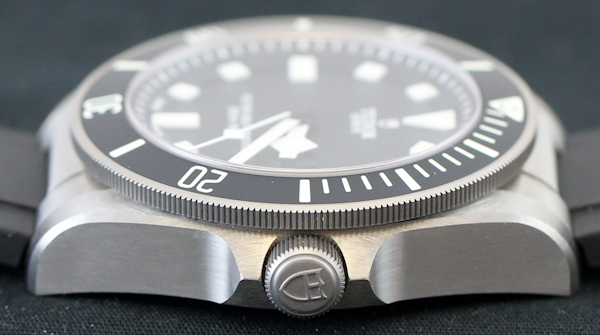
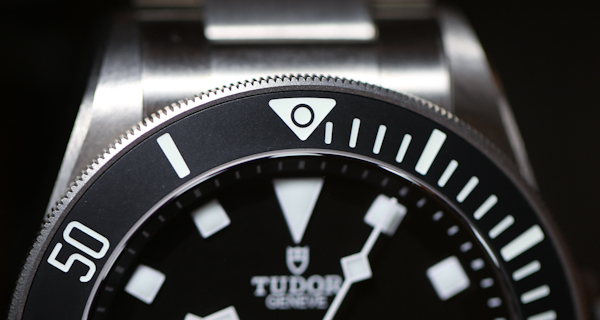
Compared to the Rolex Submariner, the Tudor Pelagos is a bit larger like I said at 42mm (compared to 40mm), but still looks very reasonable on the wrist. It is neither too small nor too large. Inside the Pelagos, is Tudor’s regulated version of the Swiss ETA 2824 automatic. This is probably the most common movement in three-hand Swiss dive watches. Nothing fancy, just pure functionality.
The Tudor Pelagos comes with both a rubber strap and titanium bracelet – and I will end my review by discussing this important topic. Arguably the most interesting and innovative part of the Tudor Pelagos is the deployant clasp. While Rolex has its Glide-Lock system on the Submariner, the Pelagos has a new experimental system that has yet to have a fancy name. It is both a micro-adjust system as well as a diver’s extension, and it is rather cool. So what does our spring-loaded friend do? Well if you look at the clasp bottom you’ll see an exposed strip with a little metal indicator. That tells you whether the deployant is in one of three locked positions, or in the spring position. The three locked positions offer three easy to change microadjust spots, and the spring position basically is like a spring-style extension that opens as you pull it and has the springs pull it back tautly.
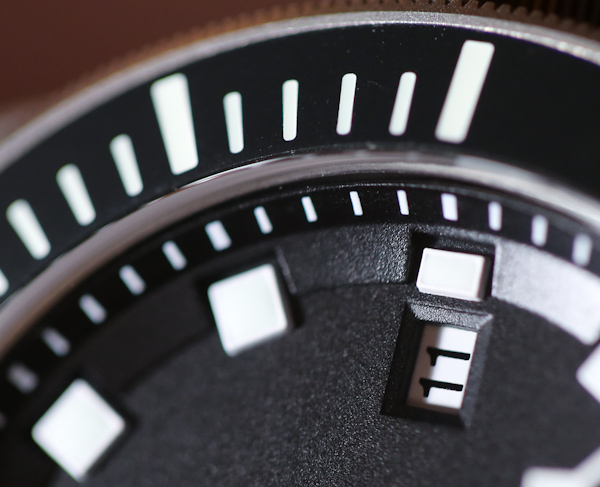
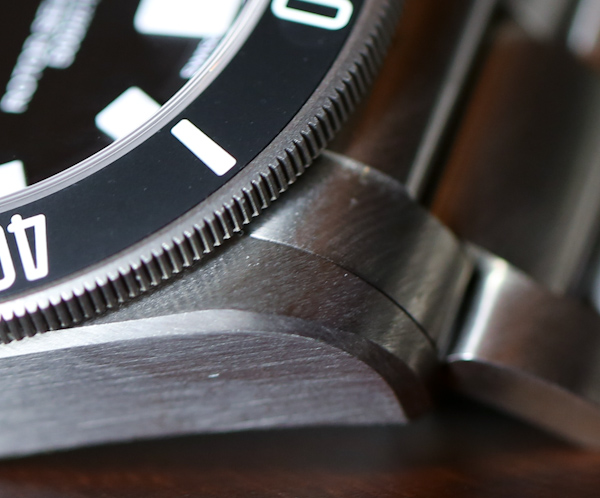
Tudor uses two springs and the action is very good. They neither feel too tight or too loose. They are also locked to ostensibly prevent them from pulling too far and damaging the coils. That should translate into many years of worry-free use. I don’t think that Tudor intends for people to use the spring system all the time, but rather that it serve as the diver’s extension for the most part. The entire system is polished, intuitive, and overall well-engineered. Even if you don’t have much use for it, you have to give a thumbs up to its existence.
The rubber strap is simple and satisfying. High-grade rubber that fits the case well connecting to the lug end-pieces for a gapless connection with the case. The titanium buckle is shaped to look like the top of the Tudor shield logo. One downfall of this is that it is a bit sharp to the touch with those pointed edges. Tudor also supplies an extra rubber strap extension for making it longer to use with diving suits. Just a lot of well thought-out features that in many instances feels more German than it does Swiss.
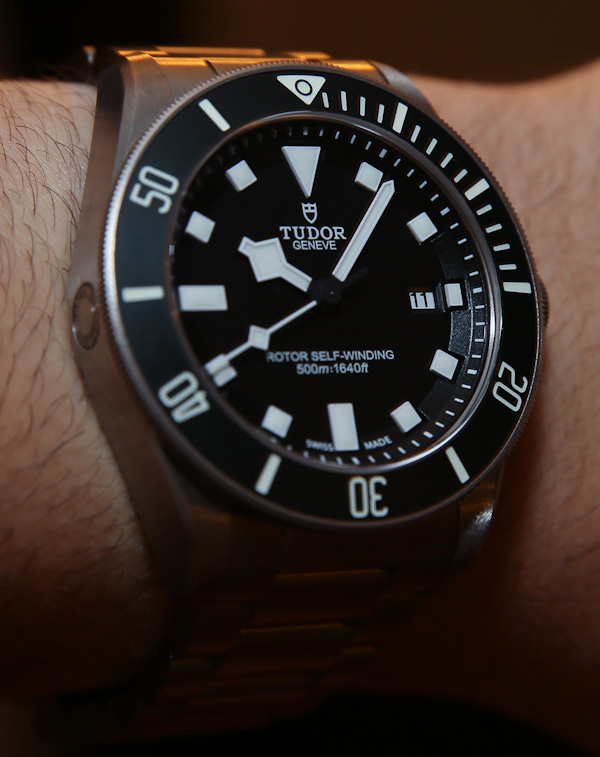
The Rolex DNA in today’s Tudor watches runs deep in a very good way. Having said that, Tudor watches are finally something different. Less classic, more sporty, and more youth-driven. Still, while the Submariner exists in a world all by itself, the Tudor Pelagos exists in a world that necessarily has the Submariner. Tudor is trying to be a more serious brand and I like the direction they are taking (though they really need a new website). For the most part they are no longer a baby-Rolex brand – at least models like the Tudor Pelagos aren’t. I say that because you can own both a Pelagos and Submariner (or Deepsea) and find occasion to wear them both. I would also venture to say that Tudor is ripe for presence in the United States. I have a feeling it is coming soon, and even Rolex confirms that discussions have been made and something is (perhaps) in the works. Having said that, US price (even though you can’t buy the watch here) is $4,140. Now why would they have a US price if it wasn’t going to be sold here…?
Necessary Data
>Brand: Tudor
>Model: Pelagos
>Price: $4,140
>Would reviewer personally wear it: Yes
>Friend we’d recommend it to first: Absolute tool watch lover who secretly loves the idea that a rather nondescript timepieces comes form the same place Rolexes do.
>Best characteristic of watch: Well-conceived and meticulously designed diver with almost no technical flaws that hearkens to what the original Submariner once aspired to be.
>Worst characteristic of watch: Not a showy watch for mainstream timepiece buyers looking for something to boast about. Or maybe that is its best part?
This review was done in part of special Tudor coverage partnership with our friends @ Watchonista – where the review initially debuted here.

